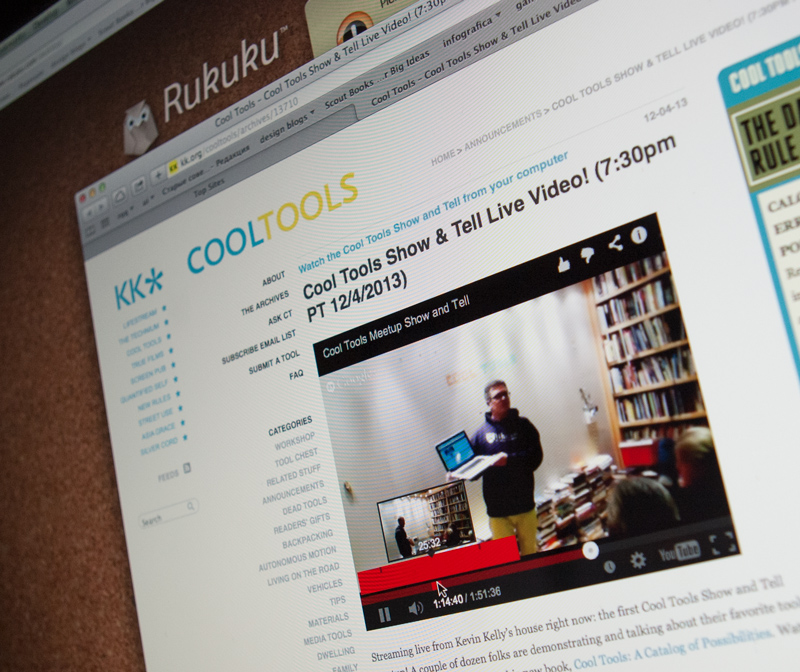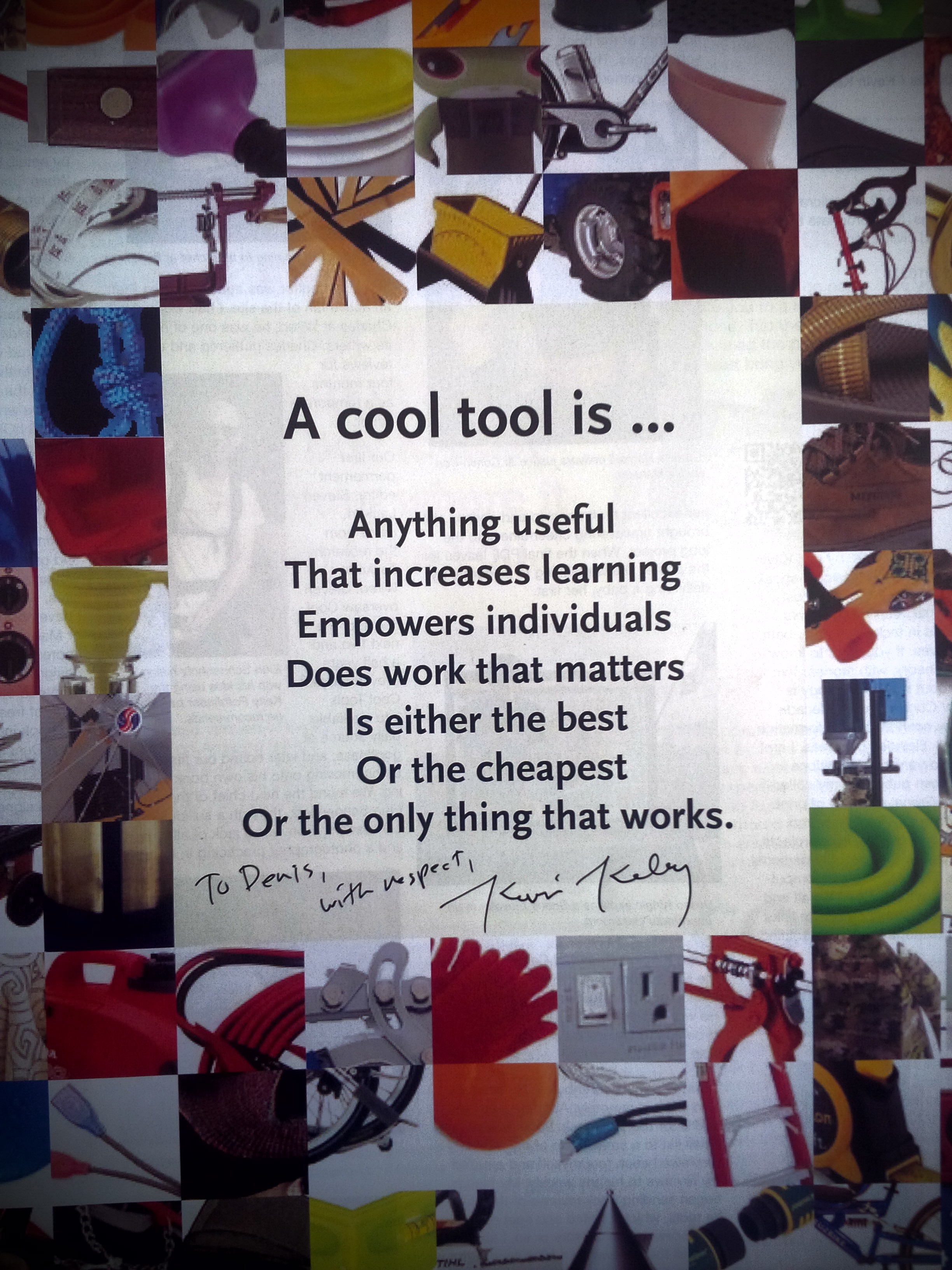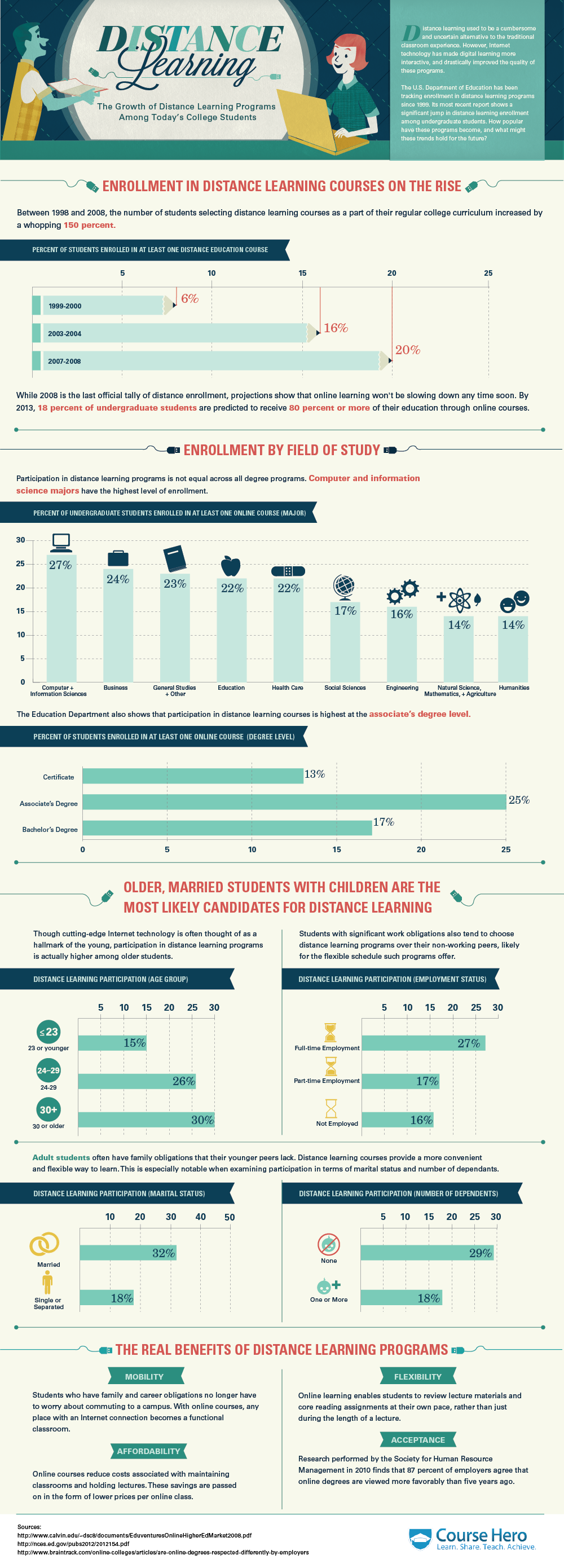
digital training
On July 6th 2014, Tech Crunch posted an article written by Ingrid Lunden – the headline quoted the research organisation Gartner: “Device Shipments Break 2.4B Units In 2014, Tablets To Overtake PC Sales In 2015.”
That’s a lot of devices. Especially when you consider there are ‘only’ about 7 Billion of us on this planet.
In the enterprise space, this creates challenges as well as opportunities. The challenges in areas such as security and managing total cost of ownership, for example.
The opportunities lie in the unexplored potential of what these devices will allow in terms of employee interaction and engagement. And employers do want engaged employees.
Good training and development can act as a major contributor to greater employee engagement. But it is the very nature of training that is evolving in companies right before our eyes..and sometimes under our noses!
There is an on-going debate in the training community centred on traditional/physical or ‘in person’ training versus e-learning or digital training.This, as I have come to learn, is a vast topic that far exceeds the aspirations of this article. The key theme of this debate is: “Can e-learning or digital training ever be as good as the more traditional, in person, type?”. However, as so often happens, the debate may be asking the wrong questions – and also, as in many other debates, this one may be pandering to vested interests.
The only question that really matters is this:
“How do you produce and deliver great, engaging training to your people all the time so that they may develop to their fullest potential in the shortest possible time and consequently play an increasingly productive role in your organisation?”
It’s a long, detailed question, but take a second to re-read it, and see if it somehow resonates.
How valuable would be to you if you were fuelling this aspiration most of the time? Now back to technology for second.
Given this crazy growth of mobile devices – the same Gartner report says 256 Million tablets will be sold in 2014 – how can we leverage this for greater employee training and engagement? Sure, your tablet won’t replace the awesome trainer who kept you in bated breath through sales training for a whole day – but what can it do?
A whole bunch of very cool things is the answer.
Mobile devices are helping training become increasingly learner-centric – together with some superb software companies out there helping companies customise training needs down to the individual member of staff: immediate needs, strong points, learning styles…truly incredible stuff!
Yes, it is a Learner’s Revolution.
Your employees, The Learners want to learn, to develop…to grow; but they want to be able to do it where they want and when they want; and they want it to be fun and engaging – because when it is fun and engaging, they learn better, faster and want more.
And who would not want to head, manage or be a part of that kind of organisation?
Digital training – from the mobile device to the software platform you would use can make a huge difference in the quality and reach of your training. And no, it need not replace the cherished physical training, but it can complement it beautifully, and seamlessly if planned adequately.
So welcome to the world of Blended Learning!
A scenario:
Before a two-day sales training, employees receive some theoretical game-based modules to complete in their inbox – these can be accessed and completed on their iOS or Android devices, but must be done by the time training starts – like this when then get to Day 1, they have already become familiar with some key tenets of the training, and the facilitator during his ‘Live’ interaction with students in the room can focus on more practical case studies rather than wasting absorbing the whole time on theory.
But wait, that’s not all!
This Live training with the trainer and handful of students in the room is being filmed and beamed to tens, hundreds or thousands of trainees across the country, continent or planet – these colleagues could not make the trip, as it was too far, too costly…and quite frankly they would get as much from the training as their colleagues as the exercises they participate in still have to demonstrate the practical application of what they learned in theory.
Education and training are being disrupted, and it is a huge – and yes, rather fragmented and messy – area in full ebullition.
But it is also very exciting and brings with it more opportunities than challenges. A key challenge for organisations is to navigate these fragmented waters of Digital Training. There are many legacy systems exploiting their dominant market positions and extracting ludicrous price points from customers in a challenging economic environment. These same legacy systems are often not future-building and offer very closed standards not designed to cope with the increasingly rich, engaging and interactive training content being produced by thought leaders and innovators in the industry.
The good news is there are a handful of organisations out there that live and exist on the crest of this new wave and can deliver what you need and more in a simple and cost-efficient manner.
Some are better known, others more discreet, for now.
But they share a common and passionate belief that learning must be fun, easily accessible and rewarding, to all concerned.
Happy Digital Learning!
The Rukuku Team







